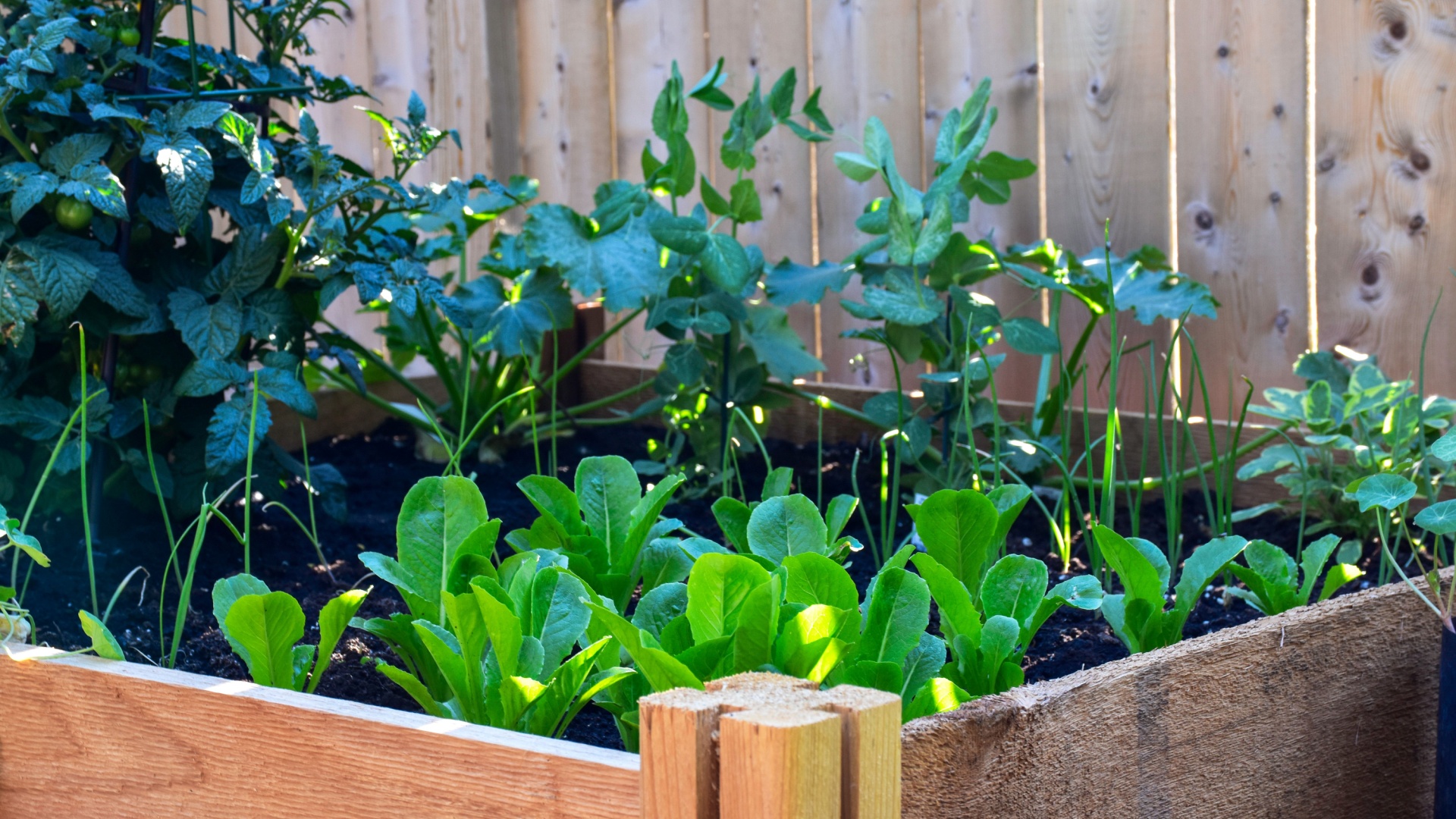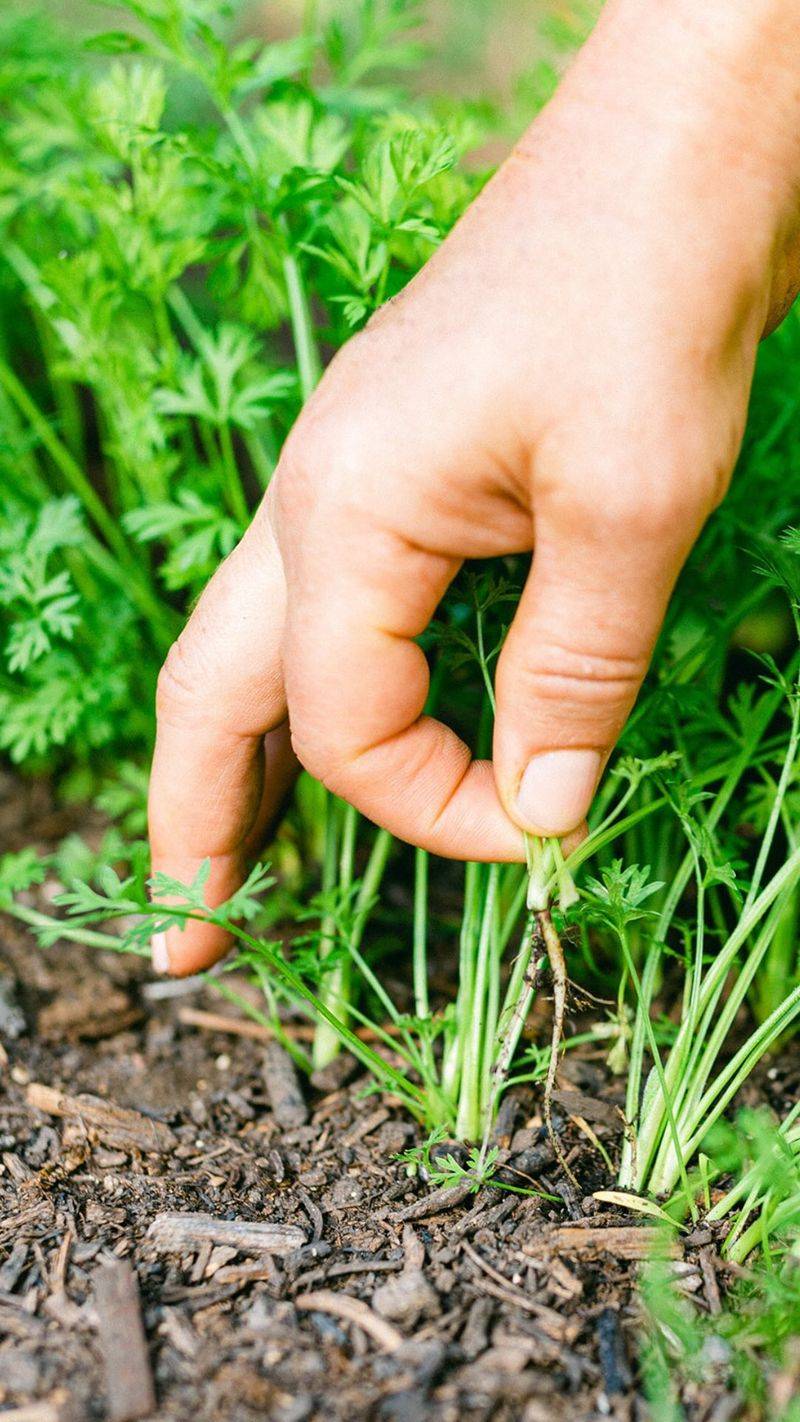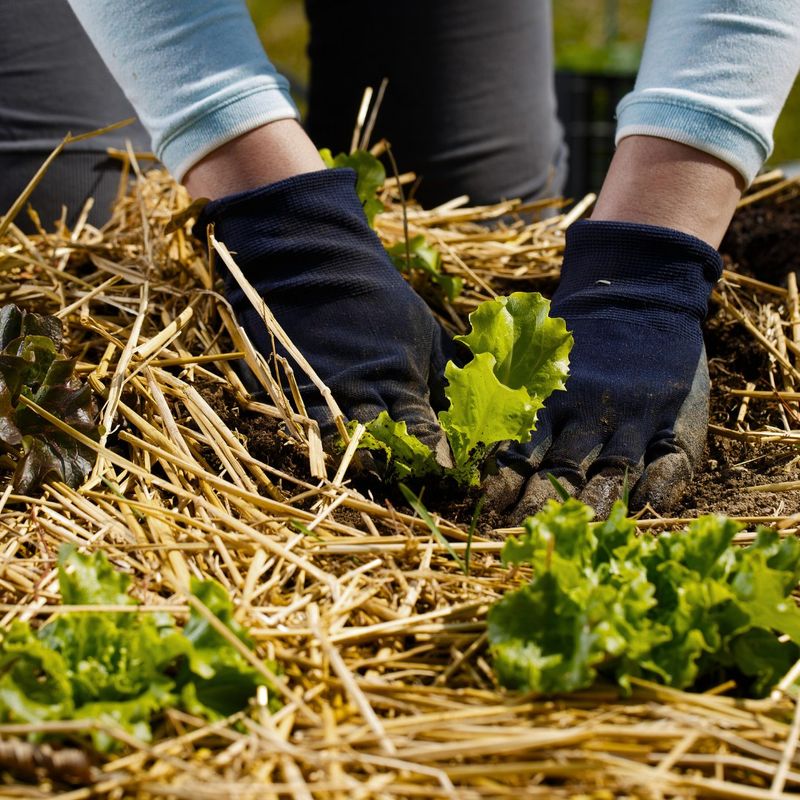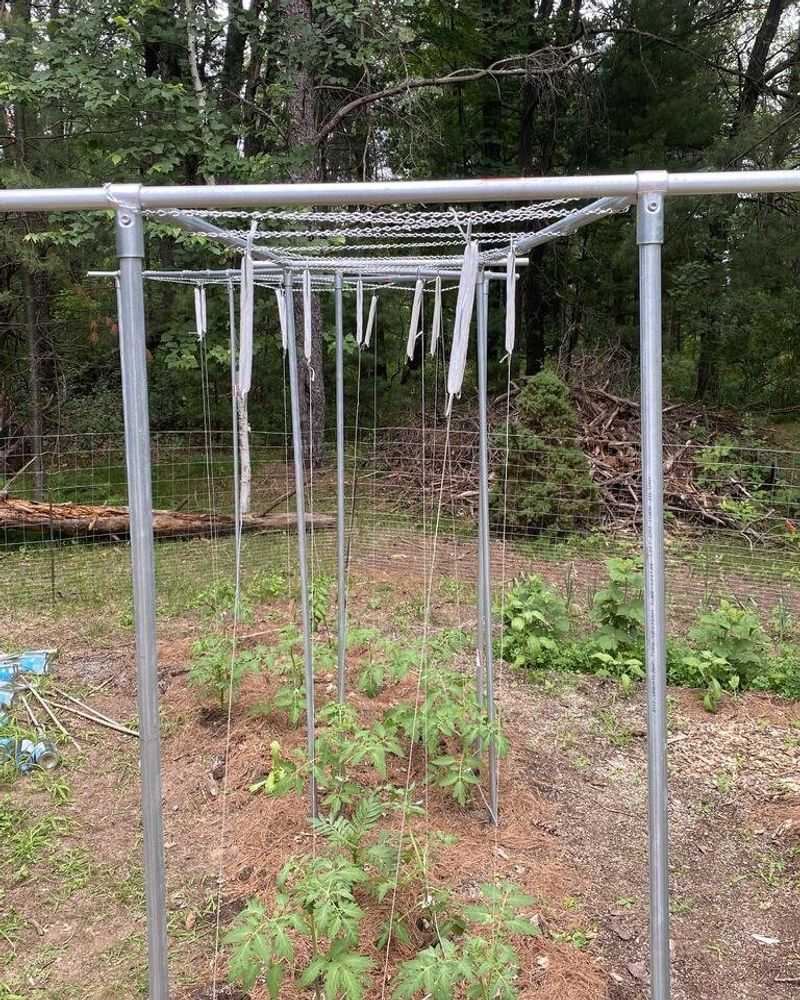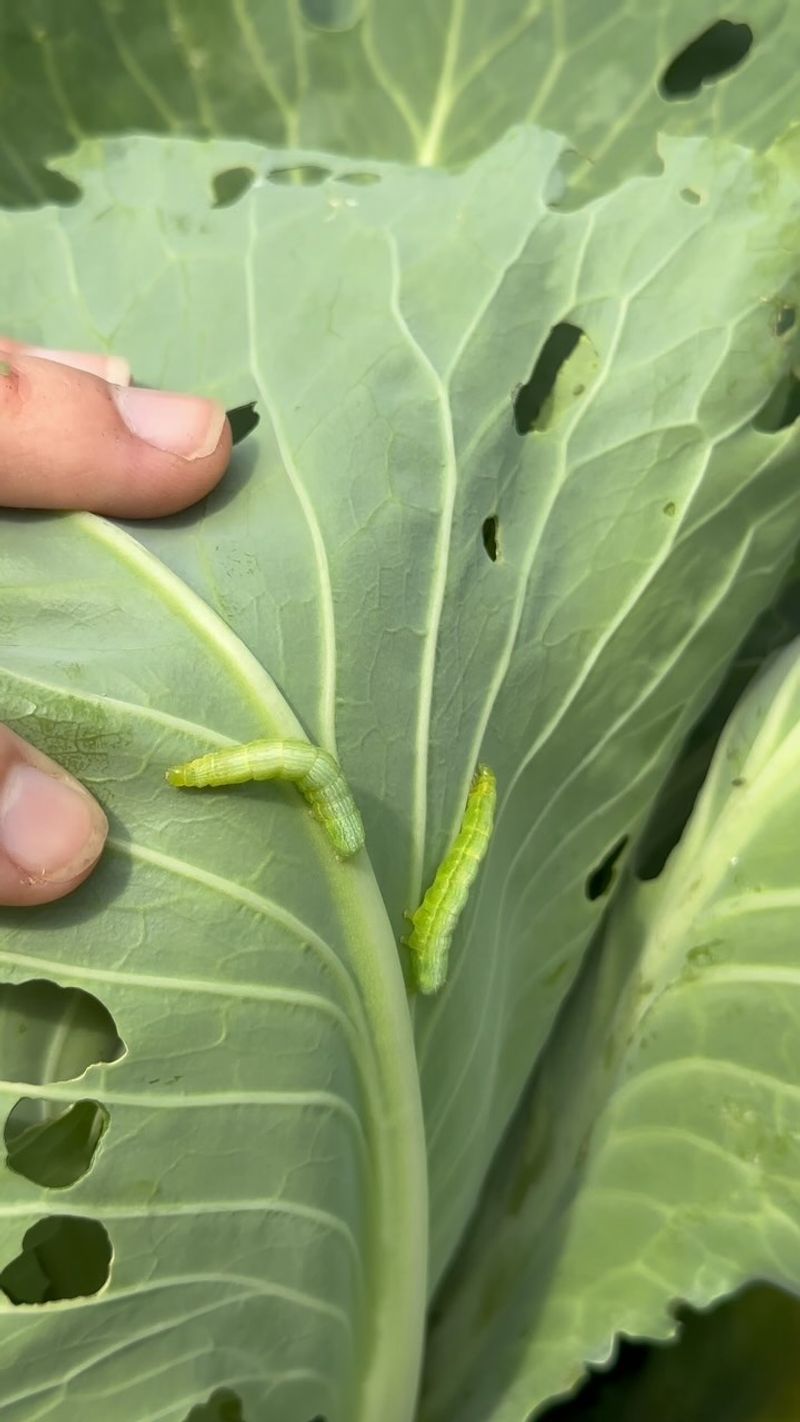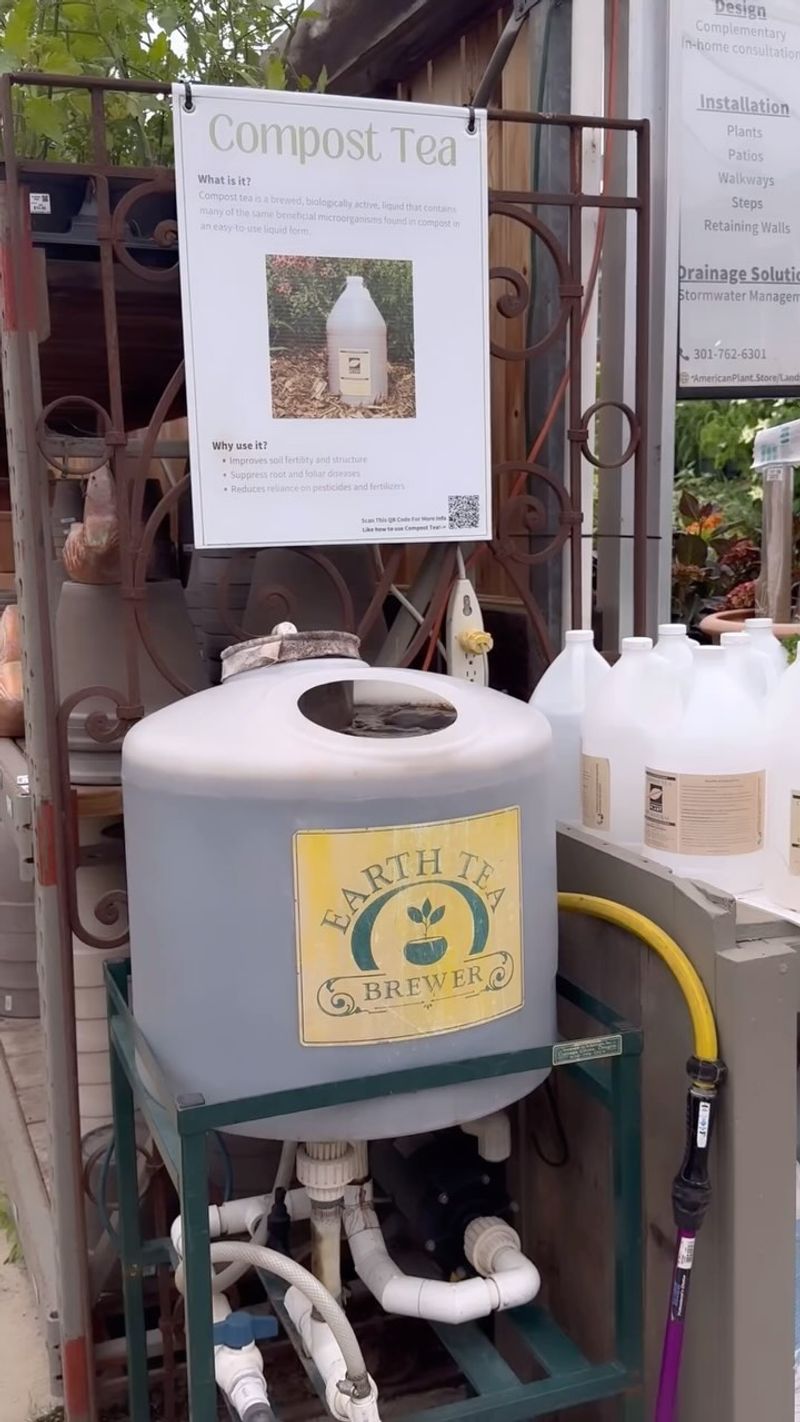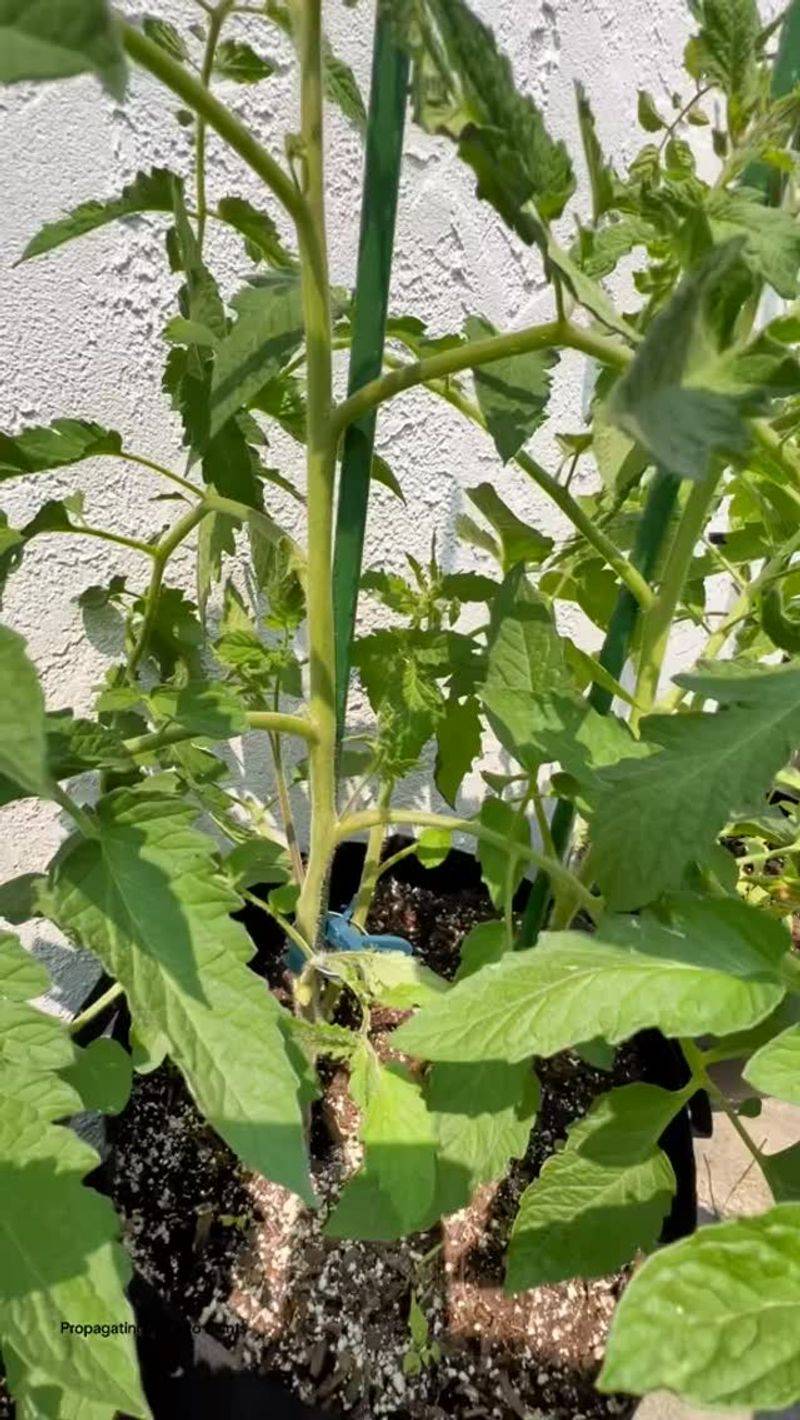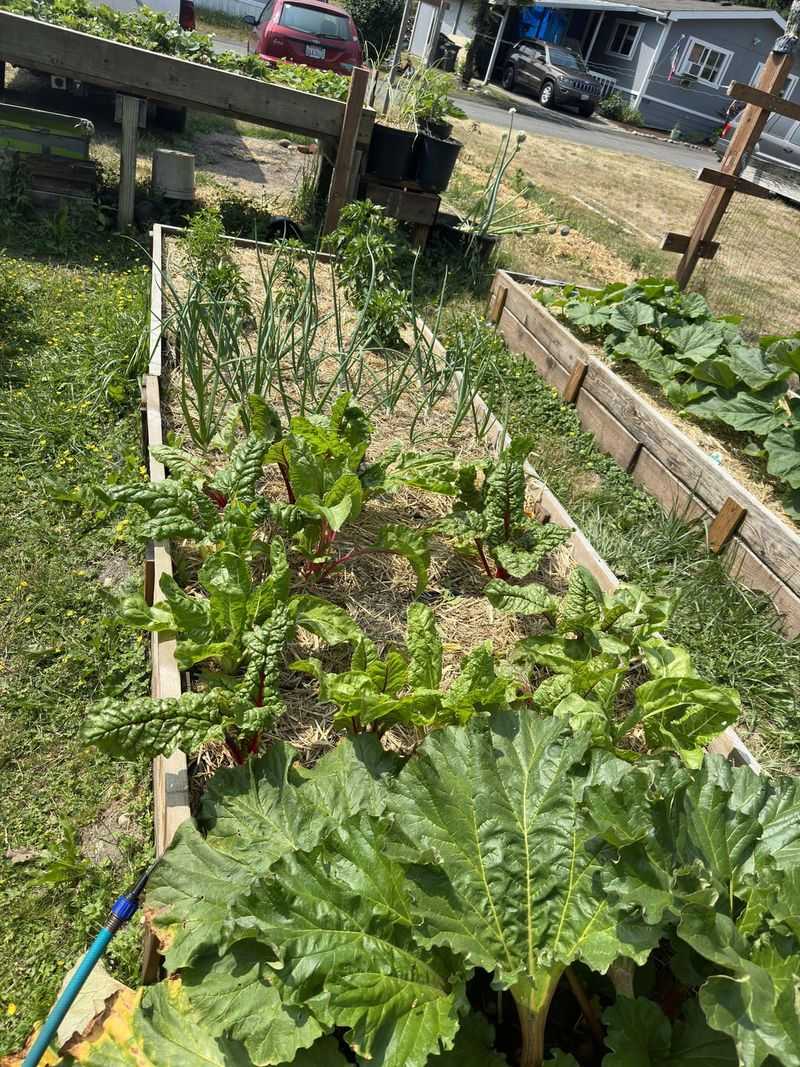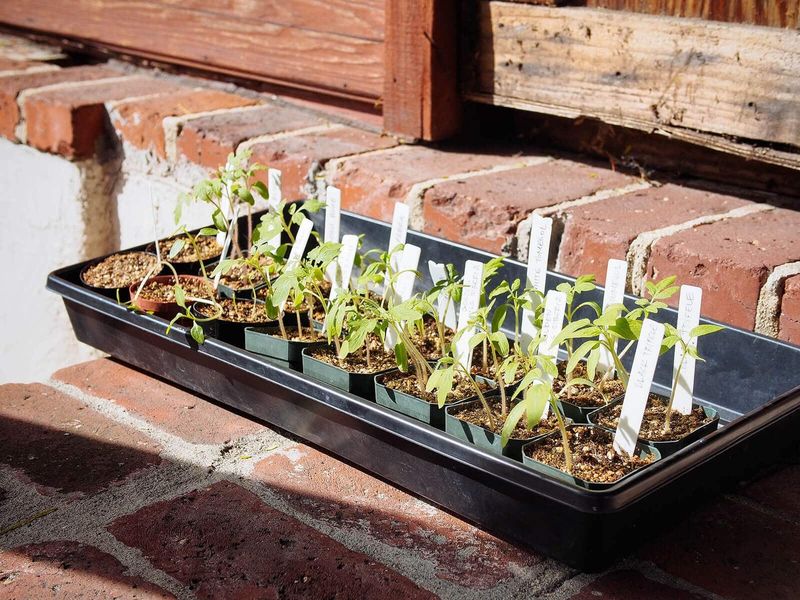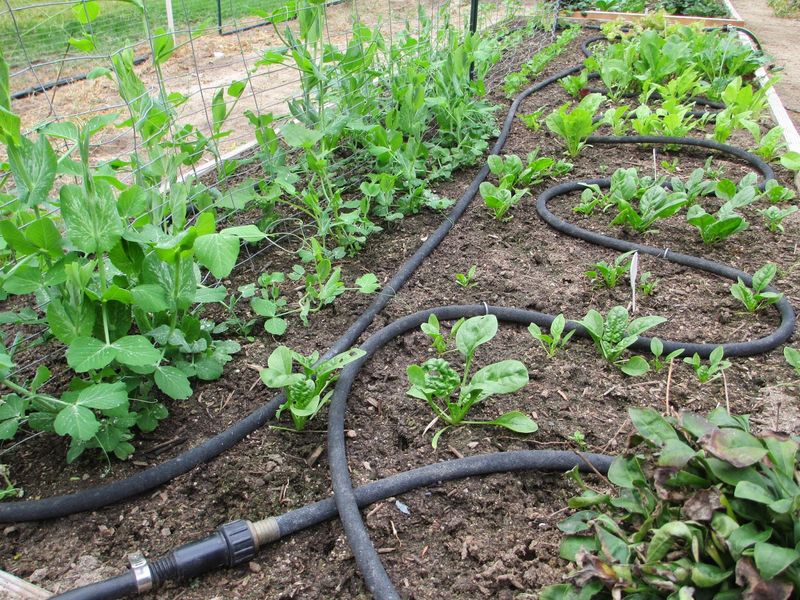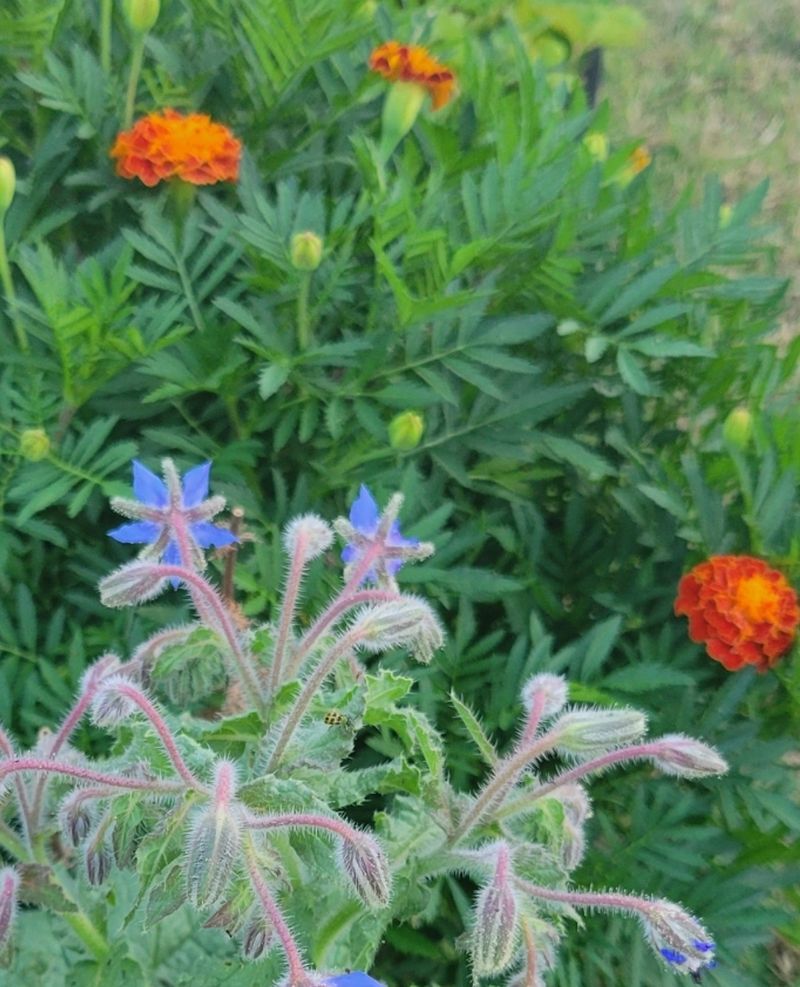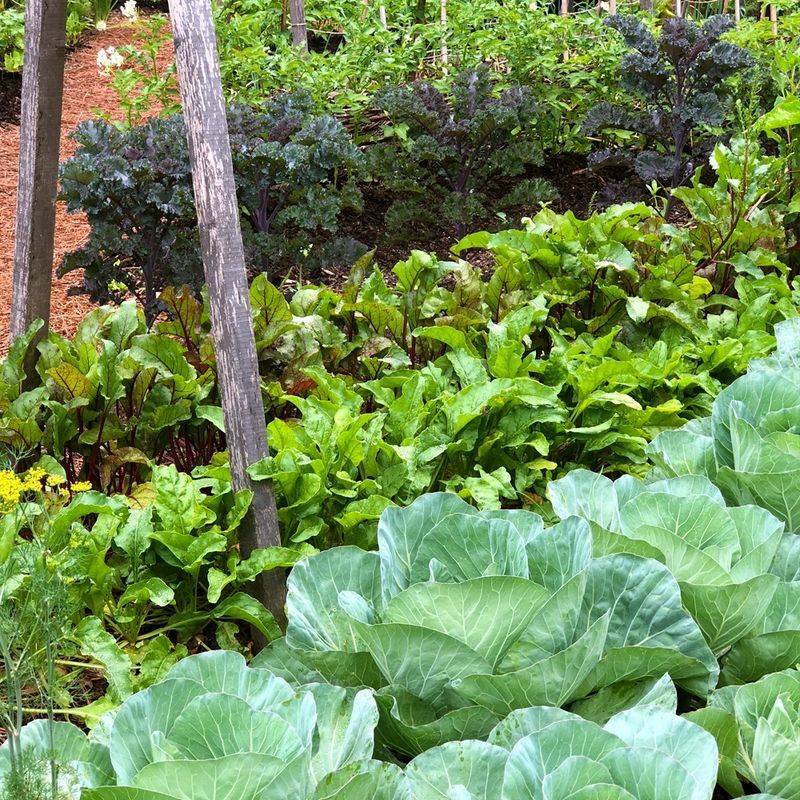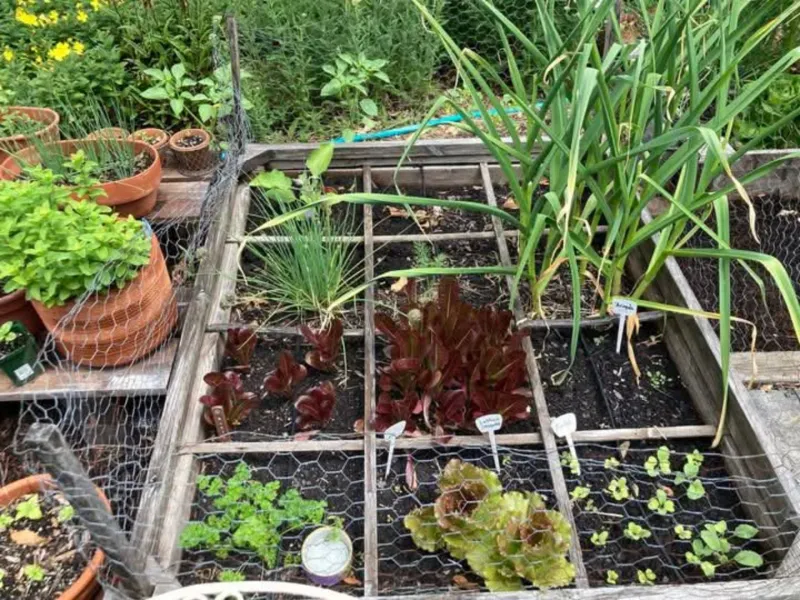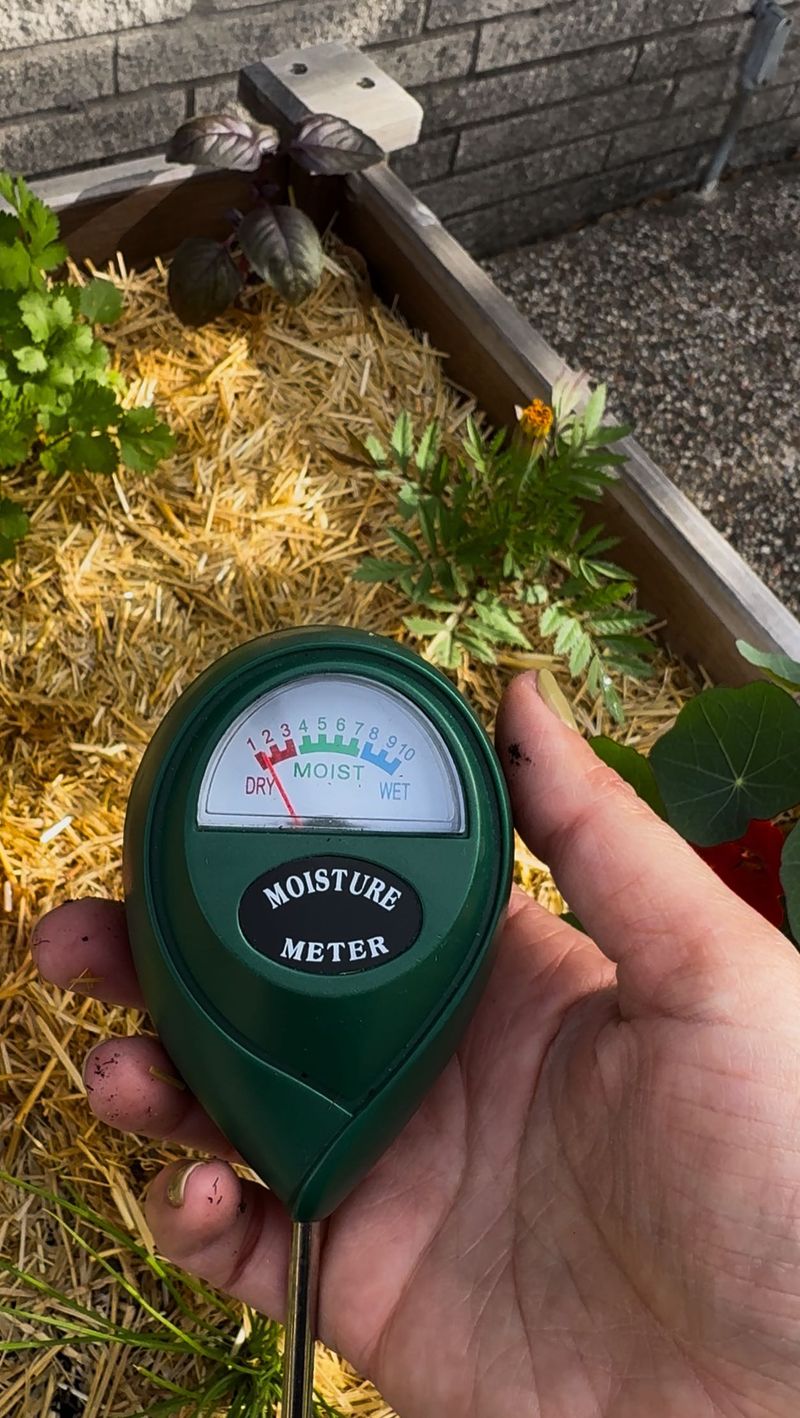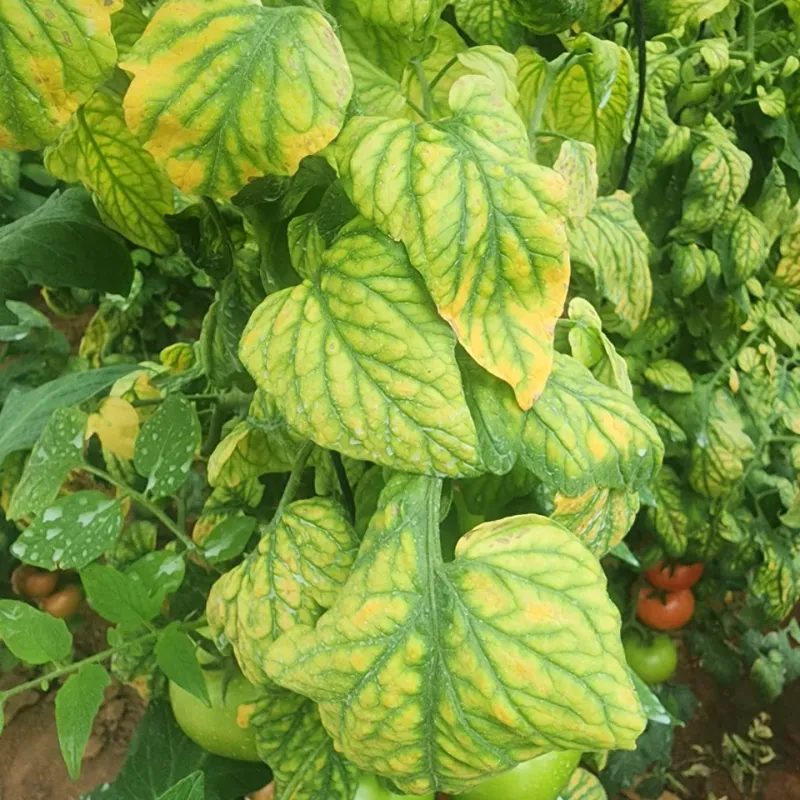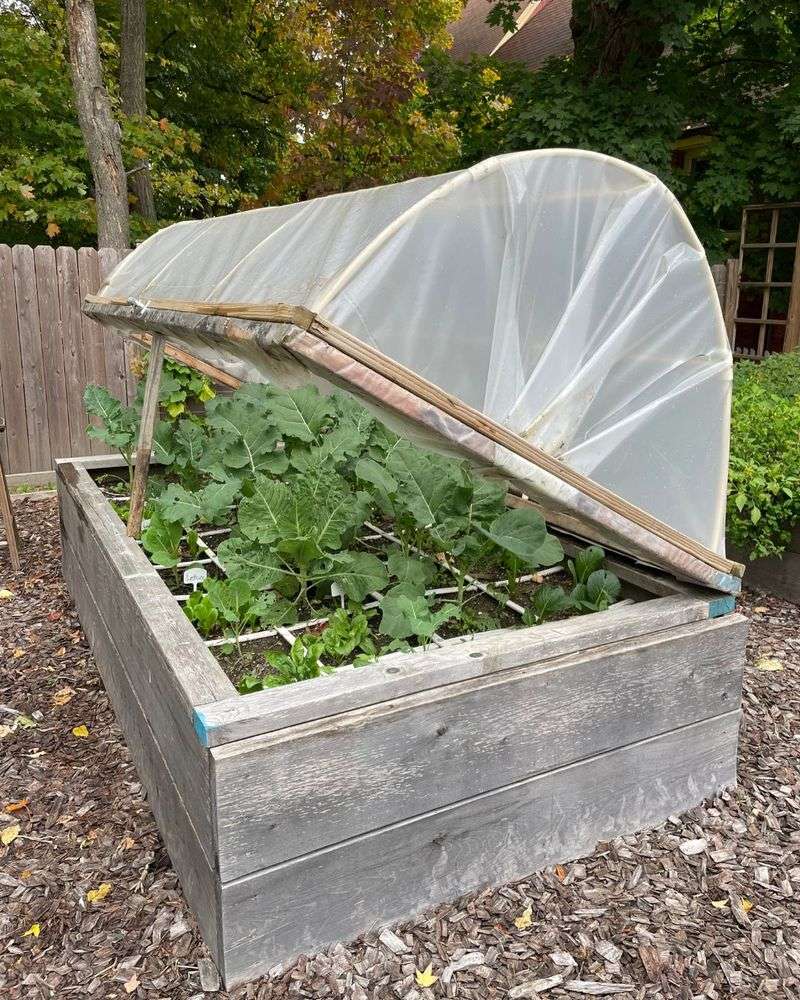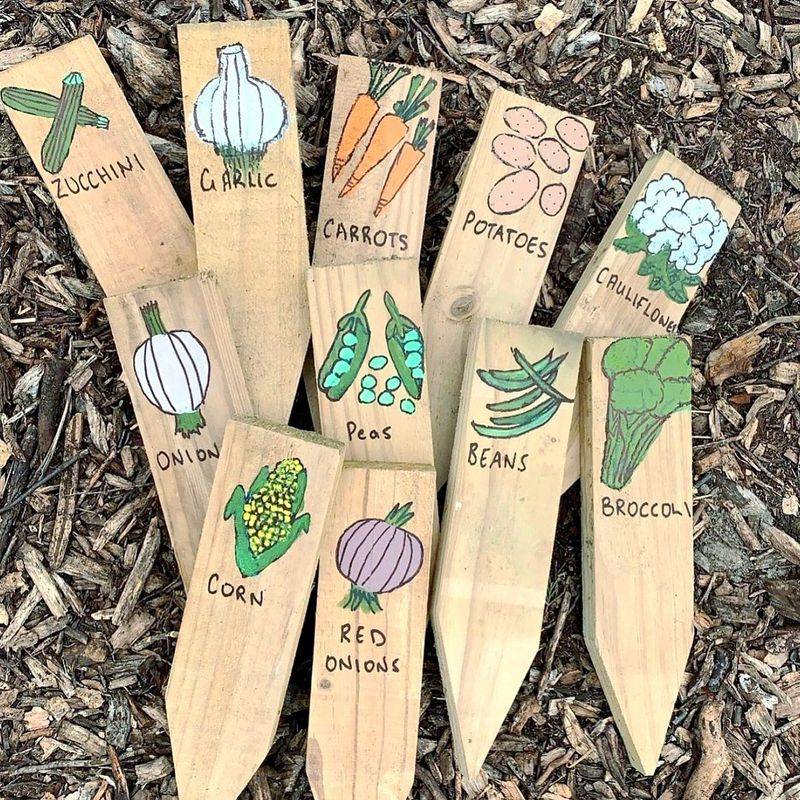Your veggie garden is counting on you—and time’s almost up. May is a make-or-break month for summer harvests, and skipping the right steps now can mean stunted growth, pest drama, and sad, flavorless produce later.
These 18 quick tasks will give your veggies exactly what they need to thrive, just in time for June. No stress, just results.
1. Thin Out Overcrowded Seedlings
Your baby plants need room to grow! Crowded seedlings compete for nutrients and light, resulting in weak, spindly plants that won’t produce well. Grab your scissors and snip extra seedlings at soil level, leaving the strongest one every few inches.
This might feel harsh, but it’s like choosing the star player for your garden team. The remaining plants will thank you with stronger growth and better harvests later on.
2. Apply Organic Mulch
Mulching is like tucking your vegetables in with a cozy blanket. Spread a 2-3 inch layer of straw, grass clippings, or shredded leaves around your plants (but not touching the stems).
This protective covering keeps soil moisture from evaporating, blocks pesky weeds from sprouting, and regulates soil temperature as summer approaches. As an added bonus, organic mulches break down over time, feeding your soil with nutrients.
3. Set Up Support Structures
Climbing vegetables need something to grab onto! May is the perfect moment to install trellises, cages, or stakes before plants get too big. Tomatoes, cucumbers, peas, and beans all love to reach for the sky.
By giving them proper support now, you’ll prevent stem damage later and keep fruits clean and disease-free by lifting them off the ground. Plus, vertical growing saves precious garden space and makes harvesting way easier!
4. Start Regular Pest Patrols
Morning walks through your garden aren’t just relaxing—they’re your first line of defense against hungry bugs! Flip leaves over to check the undersides where pests often hide.
Catching problems early means you can pick off caterpillars by hand or blast aphids with a strong water spray before they multiply. For organic gardeners, now’s the time to release beneficial insects like ladybugs or apply neem oil treatments.
5. Feed With Compost Tea
Give your growing veggies a natural energy drink! Compost tea is made by steeping finished compost in water for a few days until the liquid turns brown like weak coffee. This nutrient-rich brew can be poured around plant roots or sprayed directly on leaves.
The microorganisms in compost tea help fight disease while delivering a gentle dose of nutrients. May is perfect timing for this boost as plants enter their growth spurt phase.
6. Prune Tomato Suckers
Those little shoots growing between the main stem and branches of tomato plants are called suckers, and they’re energy thieves! Pinching them off redirects the plant’s power to producing fruit instead of extra leaves. For indeterminate (vining) tomatoes, removing suckers is especially important.
Catch them when they’re small—just use your fingers to snap them off where they connect to the main stem. Your tomato plants will thank you with bigger, earlier harvests.
7. Plant Heat-Loving Crops
May marks the perfect window for planting warm-season favorites that would have shivered in April’s cooler soil. Now’s the time to tuck peppers, eggplants, melons, and basil into your garden beds. The soil has warmed nicely, and these heat-lovers will take off growing.
For extra-long season crops like sweet potatoes, okra, and pumpkins, getting them planted before May ends ensures they’ll have enough growing days.
8. Harden Off Indoor Seedlings
Those tender seedlings you’ve been babying indoors need a gradual introduction to the harsh outdoor world. Start by placing them outside in a sheltered spot for just an hour, then bring them back in. Each day, increase their outdoor time and exposure to sun and wind.
After about a week of this toughening-up process, they’ll be ready for permanent garden life. Skipping this step often leads to sunburned, wind-damaged plants that struggle to recover.
9. Establish Watering Routines
Consistent moisture makes vegetables happy! May is when you should nail down your watering system and schedule before summer heat arrives. Deep, infrequent watering encourages roots to grow downward for better drought resistance.
Consider soaker hoses or drip irrigation that delivers water directly to the soil, not the leaves. This prevents many common fungal diseases. Morning watering is best—plants have all day to dry their leaves before night.
10. Add Companion Plants
Smart gardeners plant flowers and herbs alongside veggies to create a mini ecosystem. Marigolds repel many garden pests with their strong scent, while nasturtiums act as trap crops for aphids, drawing them away from your precious vegetables.
Basil improves tomato flavor when planted nearby, and borage attracts pollinators to boost squash and cucumber yields. May offers the perfect opportunity to tuck these helpful companions between existing vegetable rows.
11. Side-Dress Heavy Feeders
Some vegetables are like teenage boys—they’re always hungry! Corn, tomatoes, broccoli, and cabbage deplete soil nutrients quickly as they grow. Side-dressing involves adding fertilizer alongside growing plants rather than mixing it into the soil before planting.
Simply sprinkle a balanced organic fertilizer in a narrow band a few inches from plant stems, then water it in. Late May is perfect timing for this boost, just as plants enter their major growth phase.
12. Succession Plant Quick Crops
Don’t let empty garden spaces sit idle! As spring crops like lettuce and radishes finish, replant those areas with new seeds or seedlings. Fast-growing vegetables like bush beans, summer squash, and cucumbers planted in late May will yield harvests by mid-summer.
Leafy greens like spinach and arugula can be succession planted every two weeks for continuous salads. This strategy maximizes your garden’s productivity and keeps the fresh veggies coming all season.
13. Harvest Spring Crops Properly
Many spring vegetables taste best when harvested young and tender. Spinach, lettuce, and other greens should be picked before they bolt (send up flower stalks) in warmer temperatures. For peas, frequent picking encourages more production—check daily once they start yielding.
Root vegetables like radishes and early carrots become woody and bitter if left too long. The morning hours offer the perfect harvest time when vegetables are crisp with overnight moisture.
14. Check Soil Moisture Levels
Don’t guess about watering—check your soil! Stick your finger about 2 inches into the soil near your plants. If it feels dry at that depth, it’s time to water. Different vegetables have different moisture needs.
Leafy greens prefer consistently moist soil, while established tomatoes and peppers do better when allowed to dry slightly between waterings. May’s variable weather makes regular moisture checks essential for keeping your garden properly hydrated.
15. Monitor for Nutrient Deficiencies
Your plants talk to you through their leaves! Yellowing between leaf veins often signals magnesium deficiency, while purple-tinged leaves might indicate phosphorus shortage. May is when many deficiencies first appear as plants grow rapidly.
Take photos of concerning symptoms to help with identification, then address problems with targeted organic amendments like Epsom salts for magnesium or bone meal for phosphorus. Catching these issues early prevents stunted growth and poor harvests.
16. Prepare for Extreme Weather
May weather can swing from late frosts to early heat waves! Keep row covers or old bedsheets handy to throw over tender plants if late-season cold snaps threaten. For sudden heat, temporary shade cloth can protect cool-season crops like lettuce and spinach from bolting too quickly.
Setting up wind breaks around newly transplanted seedlings prevents them from being whipped around. Being prepared for weather extremes can save your garden from disaster.
17. Establish Garden Pathways
Creating clear walkways between vegetable rows prevents soil compaction where plants grow. Lay down cardboard topped with wood chips, straw, or gravel to define paths clearly. Well-established paths also reduce weed problems and keep your shoes mud-free during garden chores.
As an added bonus, they make the garden look more organized and intentional. May is the perfect time to establish these pathways before plants grow large and make access difficult.
18. Label Everything Clearly
Ever planted something and completely forgotten what it was? Proper labeling prevents garden mysteries! Use weatherproof markers on wooden stakes, plastic tags, or even painted rocks. Include not just the plant name but also the variety and planting date.
This information becomes super helpful for tracking what grows well in your garden and planning future seasons. May planting often includes multiple varieties that look similar as seedlings but mature very differently.

